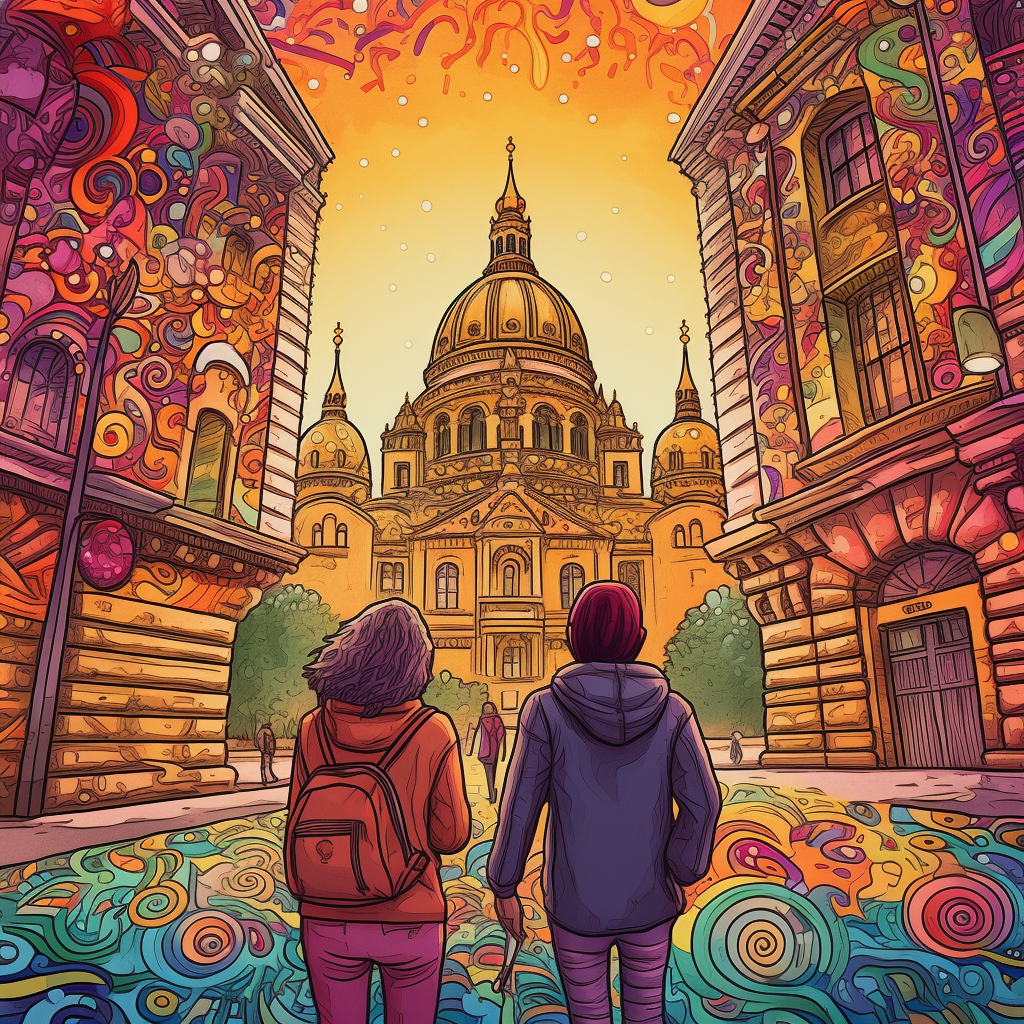Together with Dérive app and Placcc, we’re hosting a two-day urban exploration workshop in Budapest, on May 25 and 26.
The two-day workshop takes its inspiration from the practice of the dérive, as constructed by the Situationists, and invites you to an unconventional exploration of urban space. The workshops will take place in the “Chikago”, in Erzsébetváros, where Placcc runs the ‘Sandwich Bar Community Space’ in collaboration with artists and creative collectives.
With the proliferation of smartphones, we use fewer and more uniform tools to find our way around – whether we are trying to find our way in familiar or new surroundings. We’ve handed the initiative to apps, so they now tell us what to see, what to do and where to go. But with a world of information in our pockets, the diversity of options is actually shrinking.
Dérive’ is wandering around the city without a destination, without a specific direction or goal, going in the direction of something that catches our interest.
As part of the workshop, historian Dóra Kolocz will introduce the history of the area on a walking tour, and we will introduce the ideas of the Situationists, as well as theory around the manipulation of public spaces and the dominance of the corporate map.
Participants are not only invited to walk and listen differently in the city, they are also invited to co-create. The workshop will rely on the Dérive app mobile application, a participatory app and platform that allows users to explore the city on their own terms.
The area where the workshop will be held, ‘Csikágó’, sees the amalgamation of fascinating stories of Outer Erzsebetváros. We will wander from squalor to luxury, explore the history of crowded, dirty tenement blocks and recall one of the capital’s first greenfield projects. Jack-o’-lantern streetscapes, ‘workers’ hostels’ and astonishing stories near the Keleti Pályaudvar, home to one of our most famous artists, Miksa Róth. We will explore some of the streets of the district to understand how the Hungarian Csikágó is created, what does the birth of a new district at the turn of the century mean for architecture, literature and history? And above all, what does the quadrilateral bounded by Dózsa György út, Thököly út, Rottenbiller utca and Damjanich utca mean for Budapest and the people of the capital?
Dóra Kolocz, historian, museologist, cultural mediator, has been involved in the scientific and public education activities of museums and cultural institutions for almost 10 years, and has developed and organised dozens of programmes for children and adults, cultural and artistic events and exhibitions. She feels most at home when her profession and activities are closely linked to community building, whether it is running an internship programme, creating a community museum, or sharing urban space and stories. Shee is a lecturer at ELTE, a permanent walk leader of Pestbuda Walks, and a host and idea manager of cultural and historical programmes in the Hungarian capital.
Get the details of the workshop, and signup, on the Placcc website.


